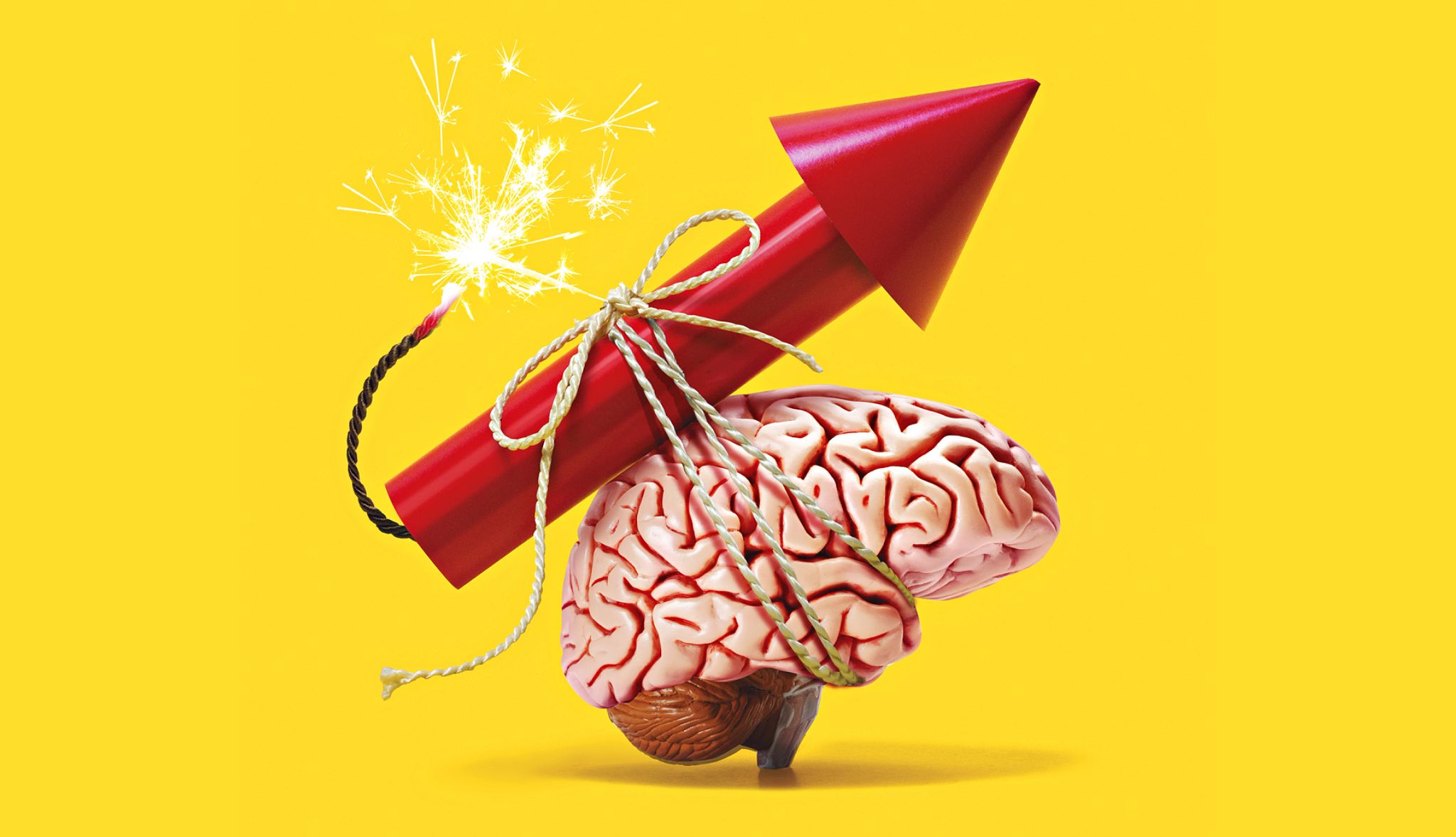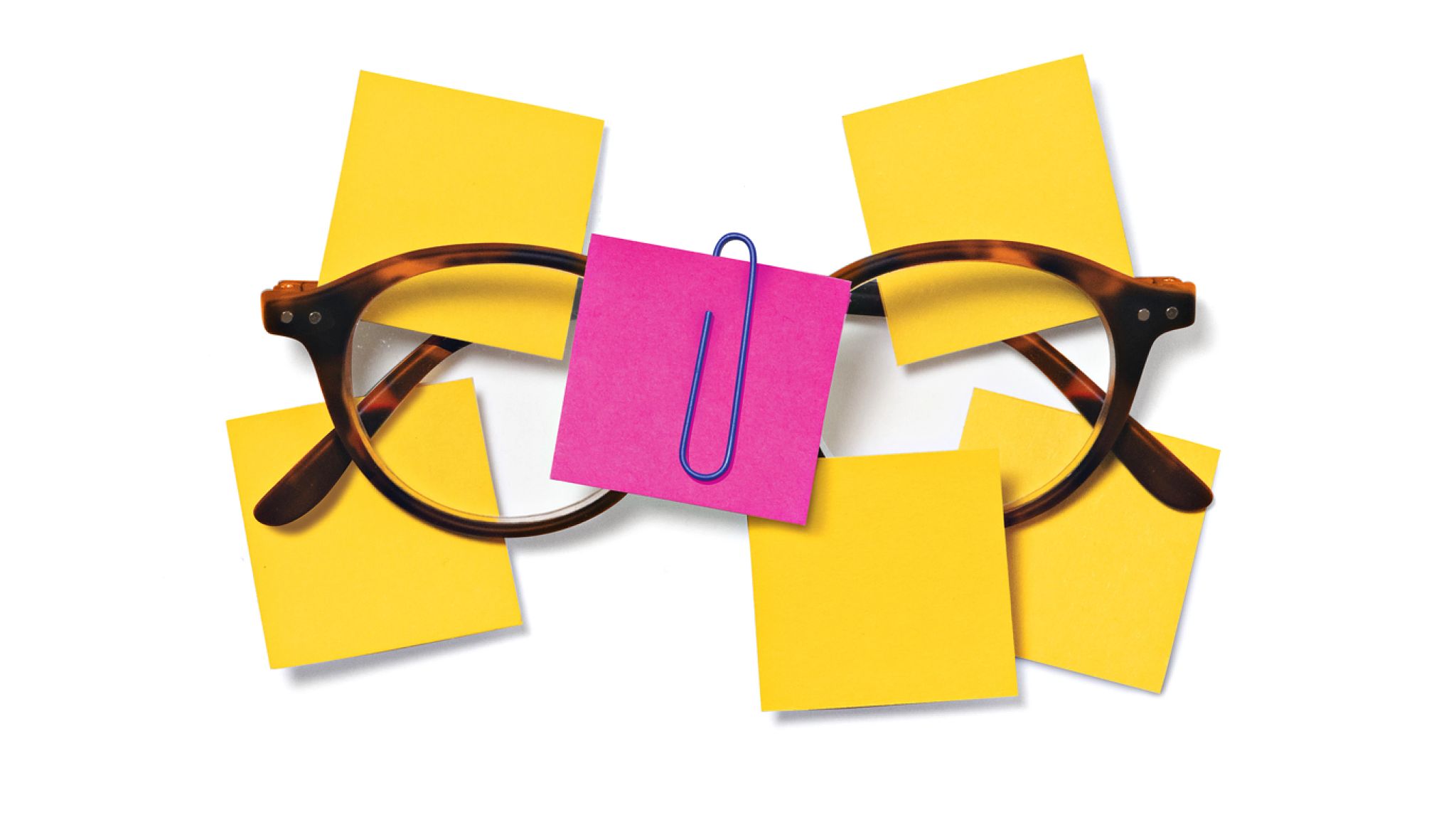AARP Hearing Center


The next time you lose your keys or blank on the title of the movie you saw last week, resist the urge to Google “signs of early dementia,” counsels Charan Ranganath, director of the Dynamic Memory Lab at the University of California at Davis and author of Why We Remember: Unlocking Memory’s Power to Hold On to What Matters.
“The majority of what we experience will be forgotten — and that’s by design,” says the neuroscientist. Indeed, the average person processes more than 74 gigabytes of information a day — nine DVDs’ worth.
We expect our memory to function as an archive of the past, Ranganath says. In reality, your brain selectively whittles and prunes what gets stored so it can perform its primary jobs, which include planning for the future (say, recalling what gave you joy as a child in order to create activities for your grandkids) while also understanding how your past shaped who you are (crucial to healing from trauma and boosting self-awareness). Other skills on your memory’s résumé include decision-making, imagining and communicating.
For most adults, momentarily blanking on a friend’s name or misplacing a credit card don’t foreshadow imminent cognitive decline, though they do become increasingly common when we get older. (Not recognizing a friend or getting lost in familiar places, on the other hand, warrants concern.)
Our knowledge of the world and our lived experience “remain relatively intact in healthy aging,” and may even increase with age, says M. Natasha Rajah, a professor of psychology at Toronto Metropolitan University.
That said, “recall and memory for contextual details (for example, where you parked your car in the lot) declines significantly, and this decline arises in midlife. Menopause negatively affects this type of memory in some females too.”
Which is why so many of us are still poking around, trying to find our keys. So consider these proven strategies to boost your memory and make everyday life a little easier.
1. Reverse the ‘doorway effect’
When you enter the kitchen with a sense of purpose, only to freeze — Why did I come in here? — you’re experiencing what Ranganath calls an “event boundary,” commonly referred to as the “doorway effect.”
Whether you’re leaving a store, boarding a plane, walking from one room to another — any time your perception of your environment changes — your brain creates mental bookmarks called event boundaries that divide your day into distinct before-and-after sections for easier recall later on.
If you’re in the living room when you realize you’ve left your eyeglasses in the kitchen, an event boundary is created the moment you enter the kitchen.
The problem, Ranganath says, is the brain is easily distracted by the fresh sights, sounds, thoughts and emotions accompanying any new event boundary, causing it to temporarily abandon the thoughts that led up to it. Unless you’re actively mentally repeating get glasses from island as you enter the kitchen, your brain will glom on to the new colors and smells (Are those cookies?!) and, poof, there goes your memory. (The same thing happens when you’re in the middle of a task and you stop to answer a phone call; you might struggle to remember what you were doing before the call came in.)
If you’ve lost the thread, try to recall what you were thinking about back in the previous room, or physically return to the room you were in.































.jpg?crop=true&anchor=13,195&q=80&color=ffffffff&u=lywnjt&w=2008&h=1154)


































You Might Also Like
AARP Smart Guide to Keeping Your Memory Sharp
22 science-backed ways to growing a healthier, happier brain, now and in the future
Doctor, My Partner Is Having Memory Problems
What to do if you think a loved one needs a cognitive testTake the Cognitive Assessment
Find out how you perform today in five key areas, including memory and attention